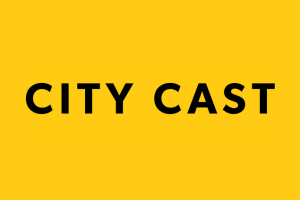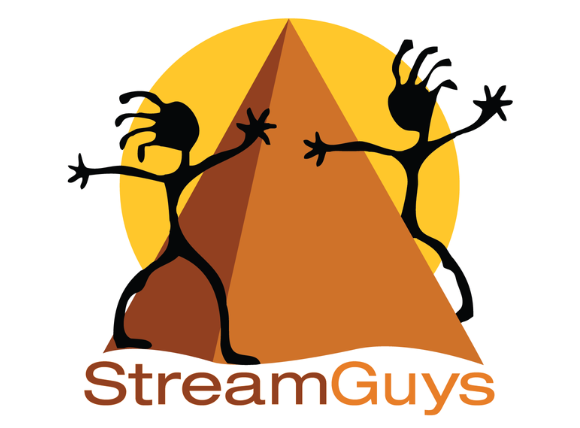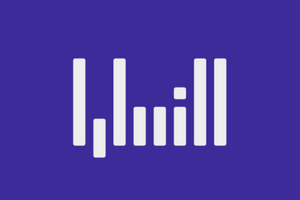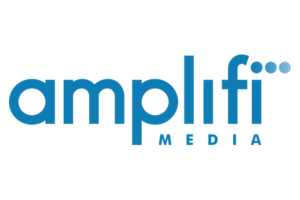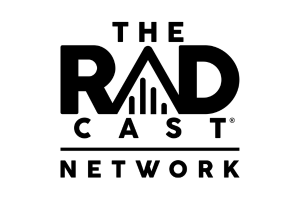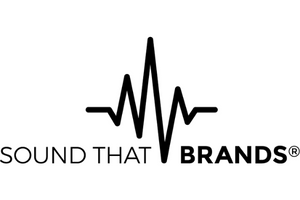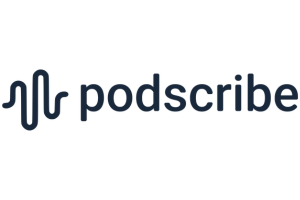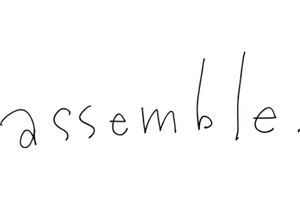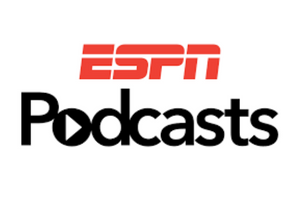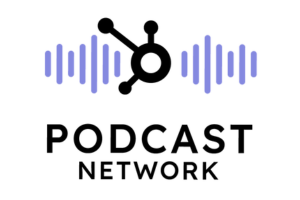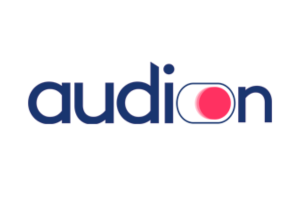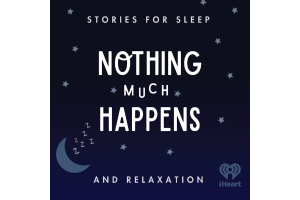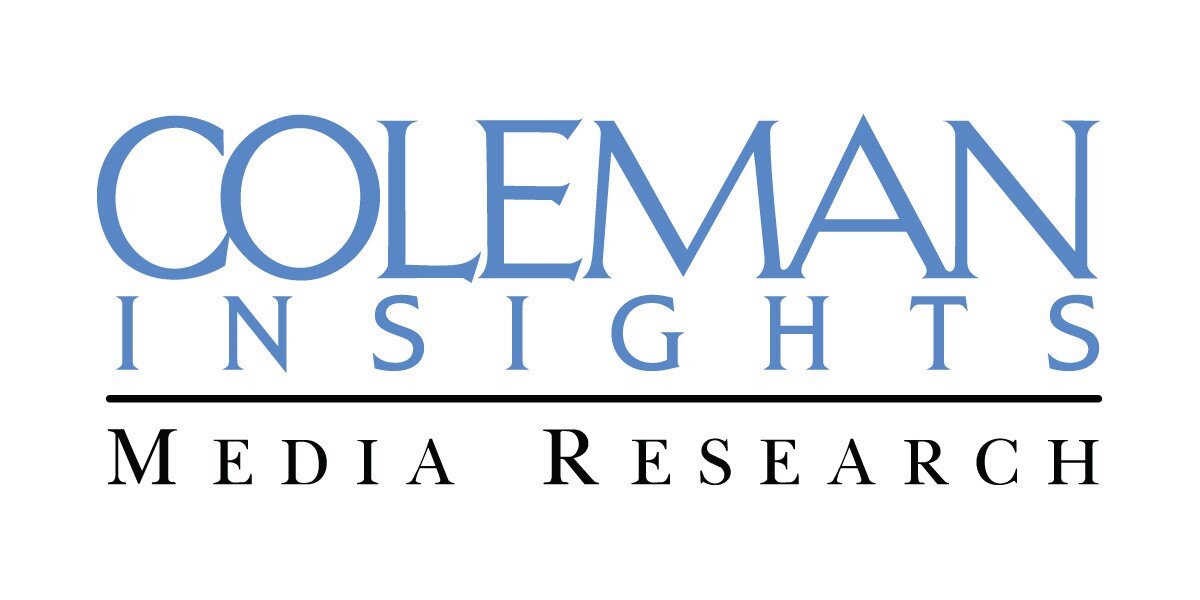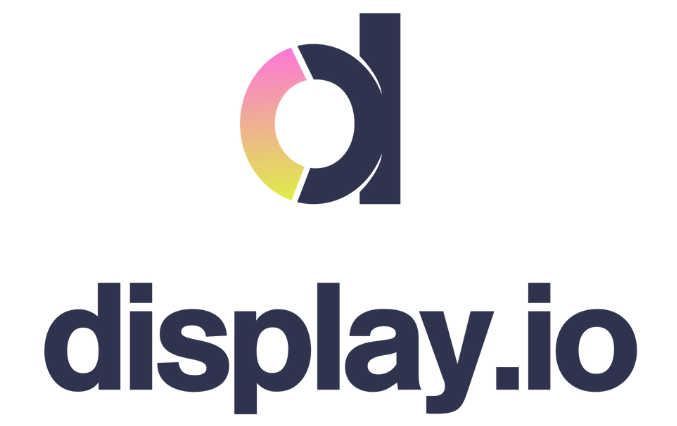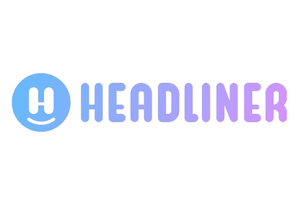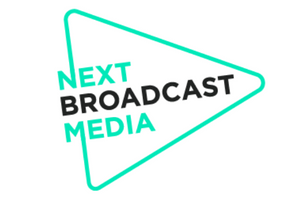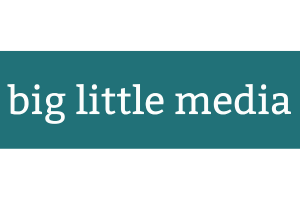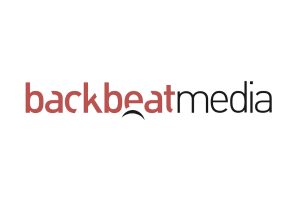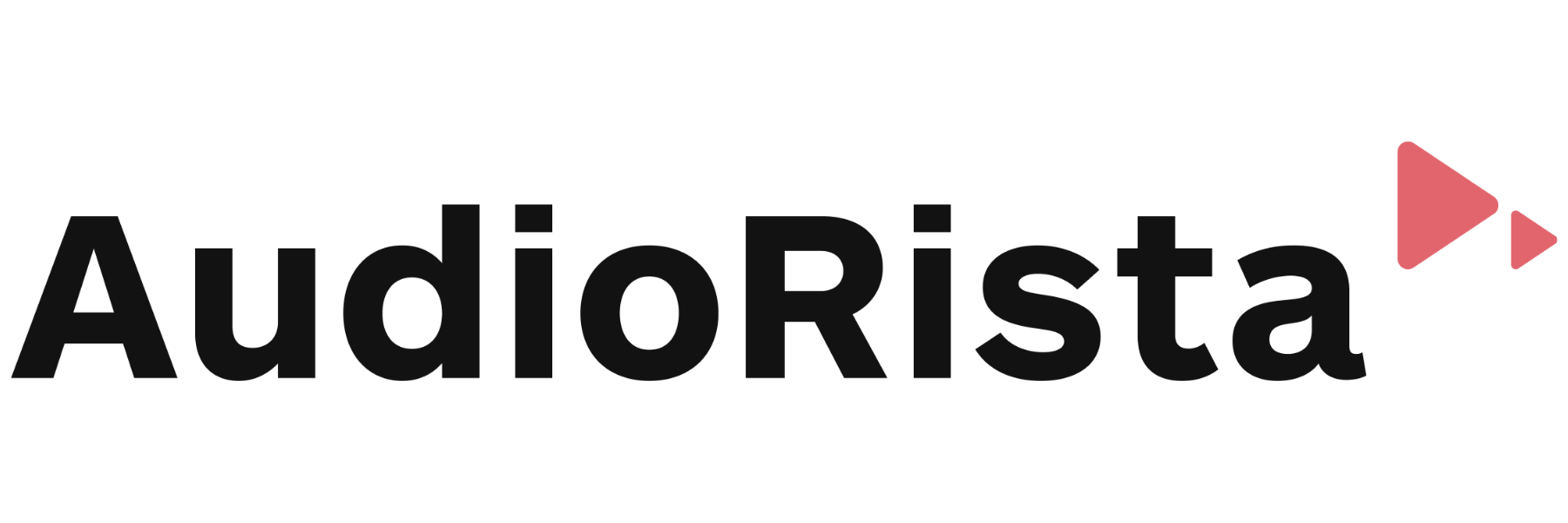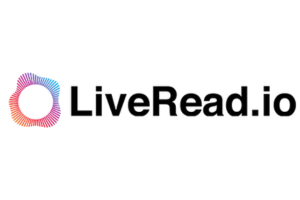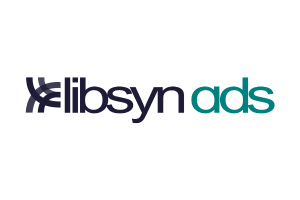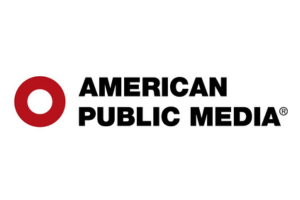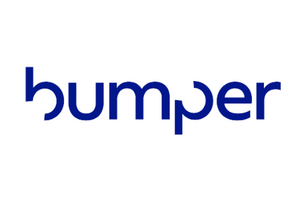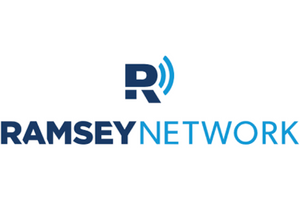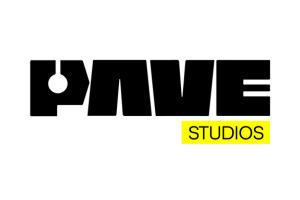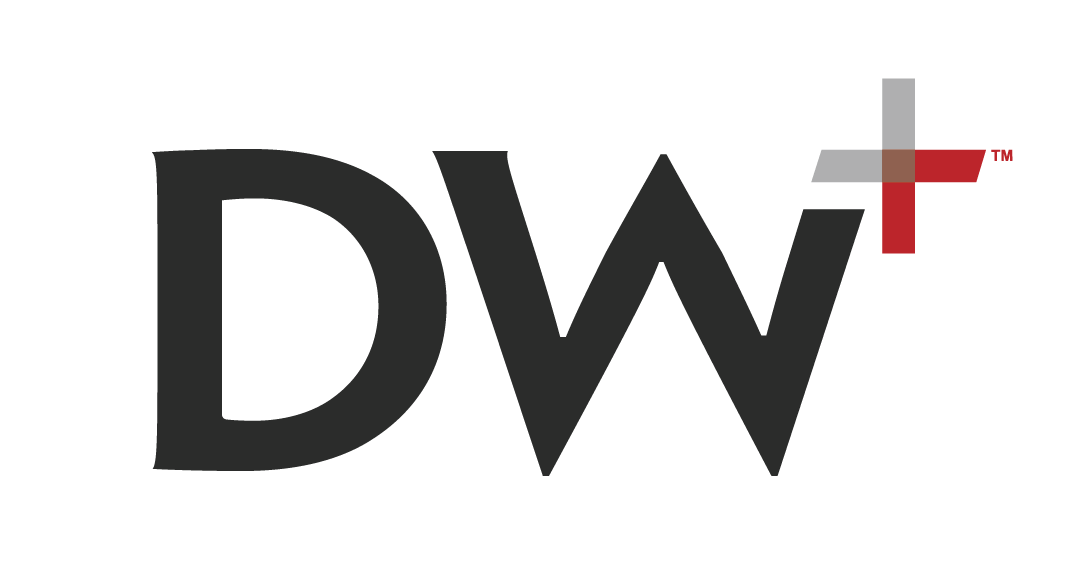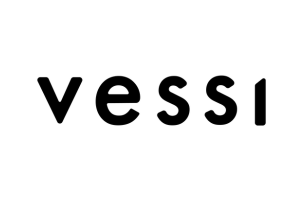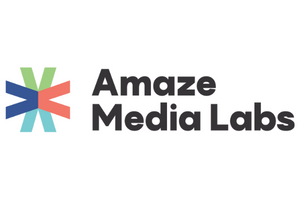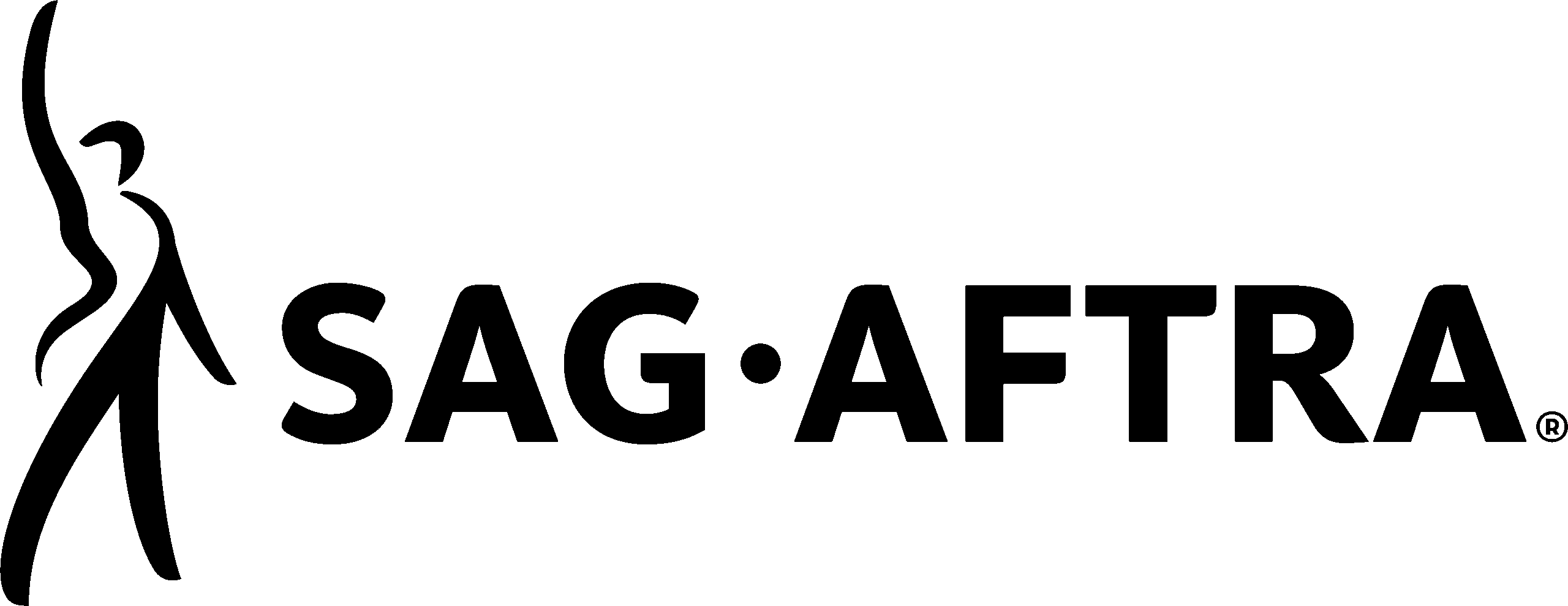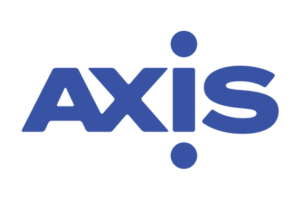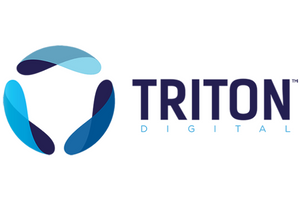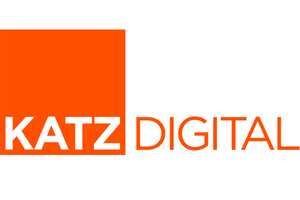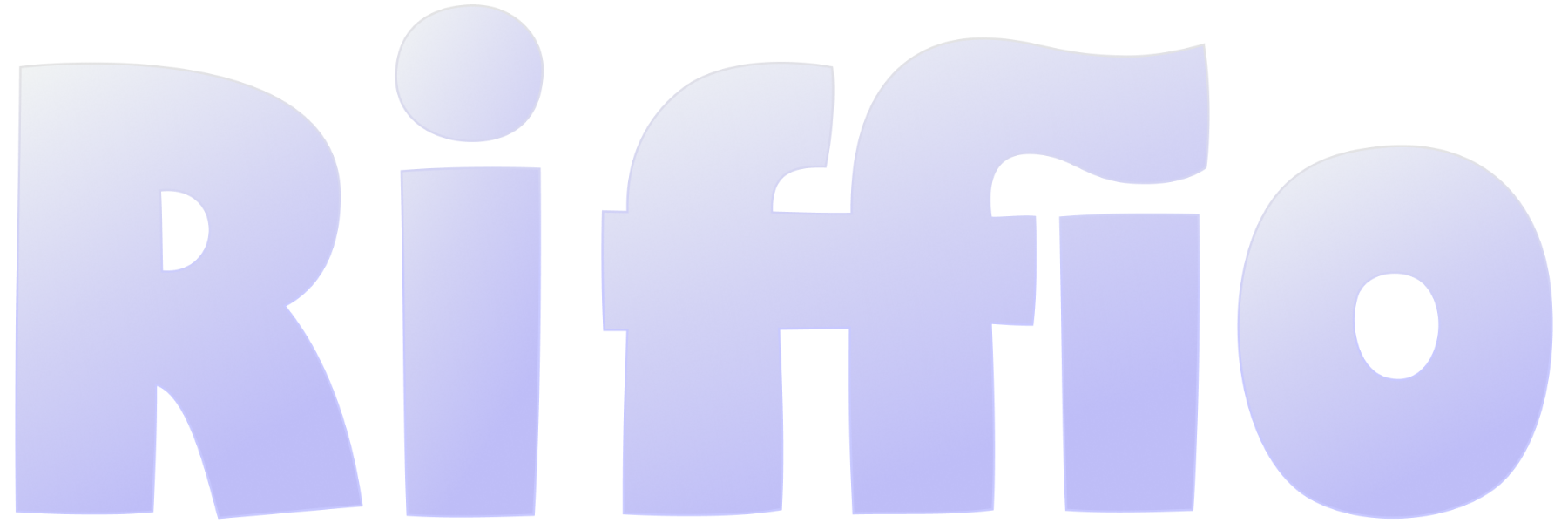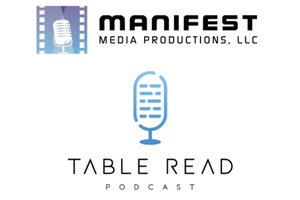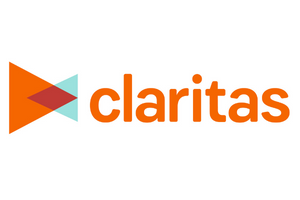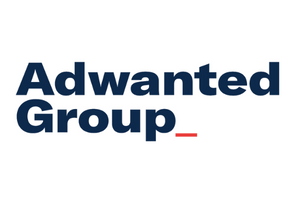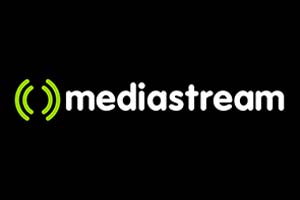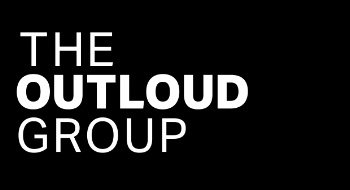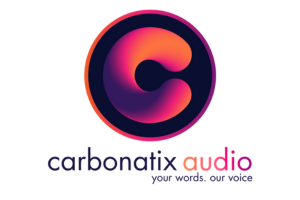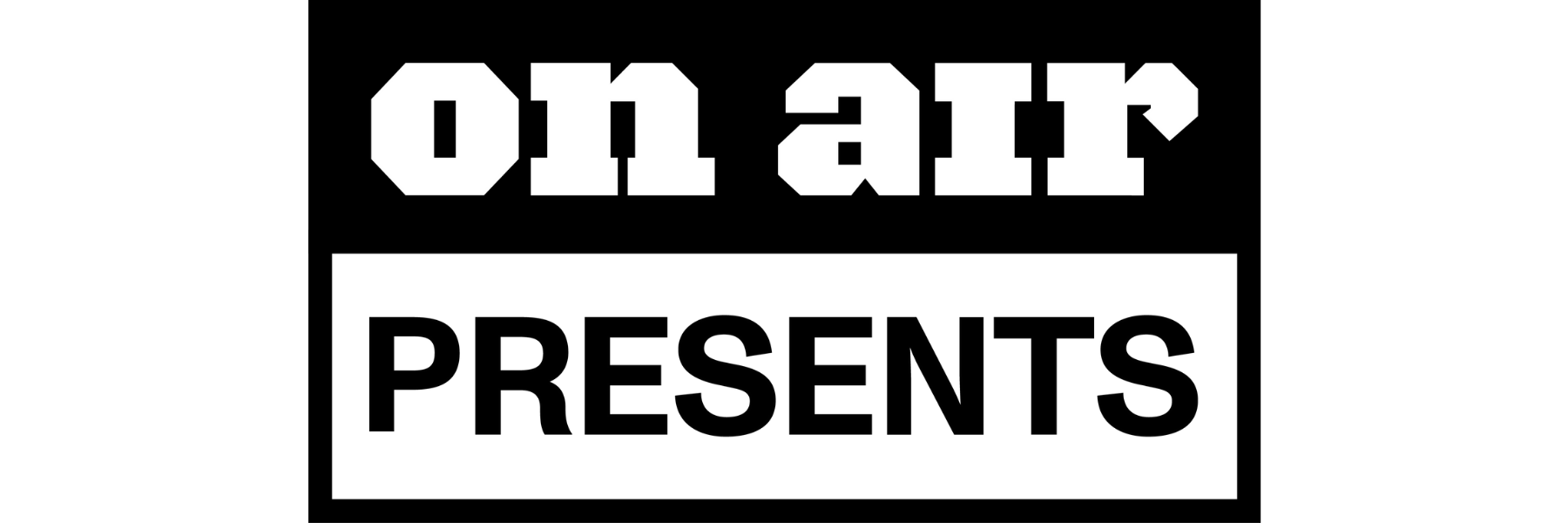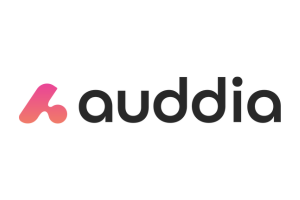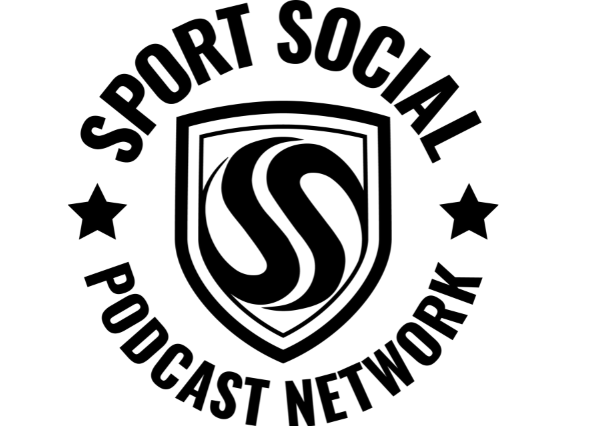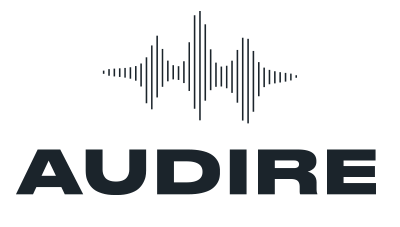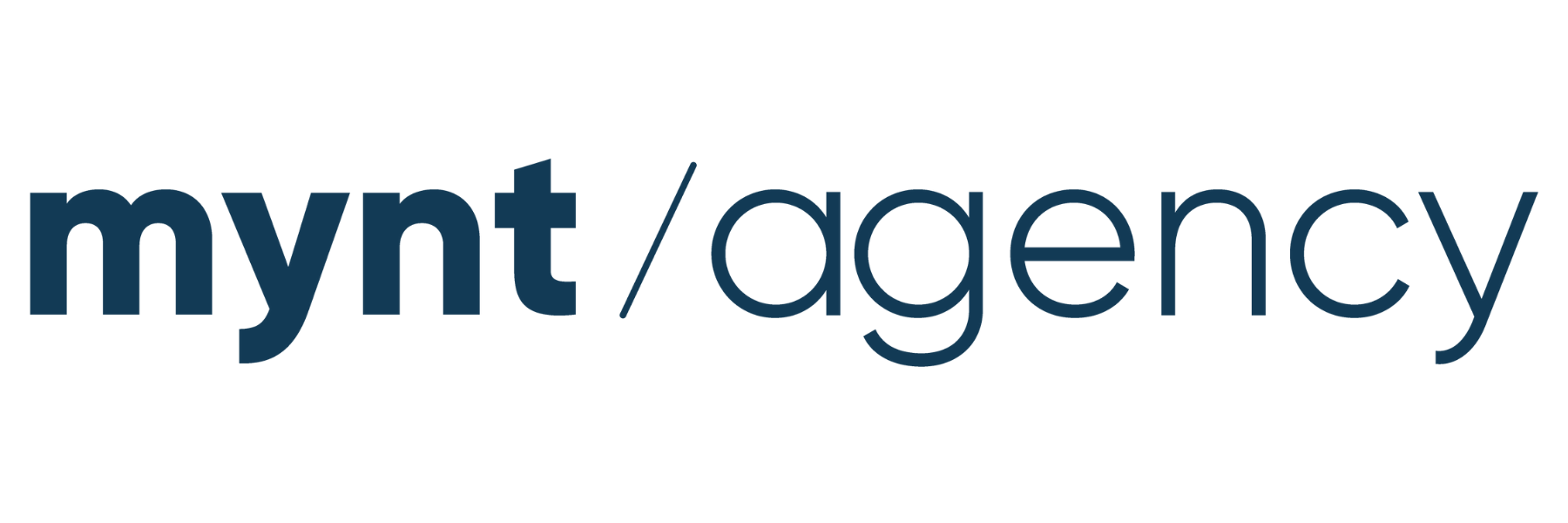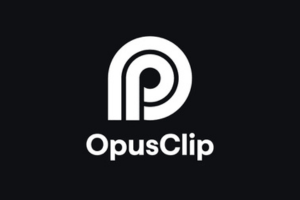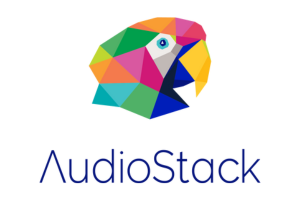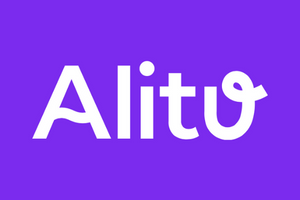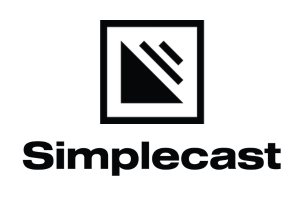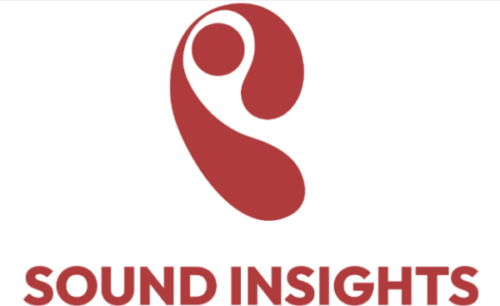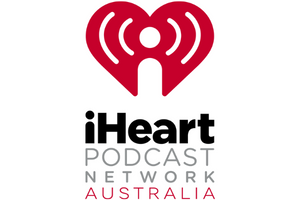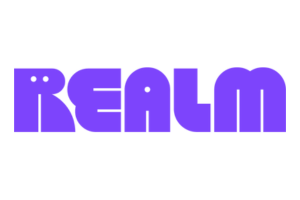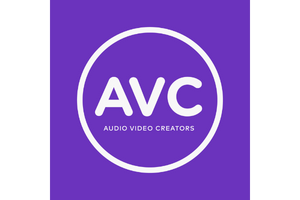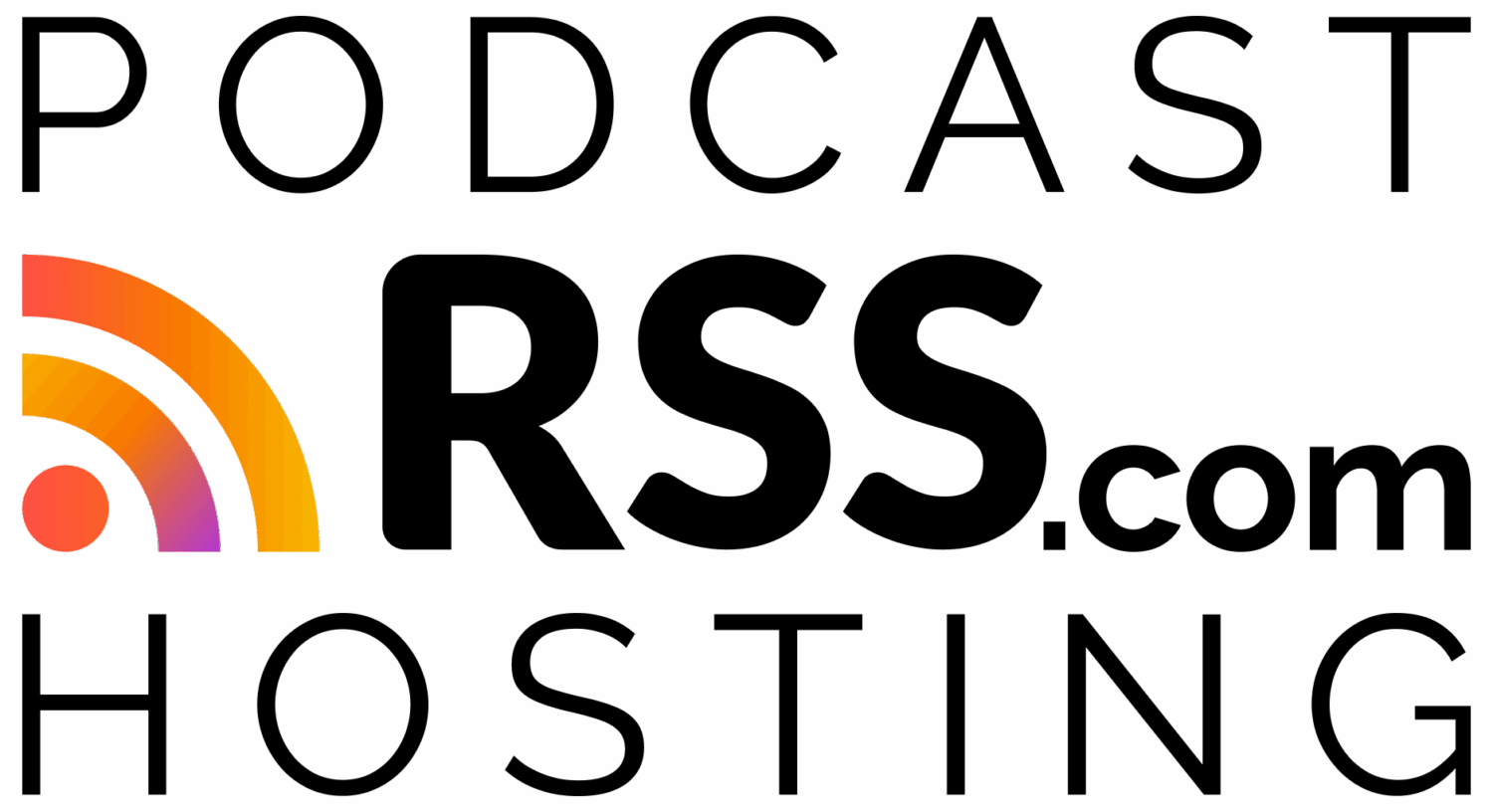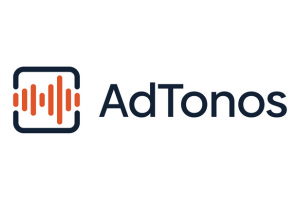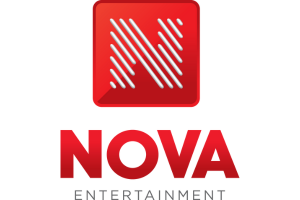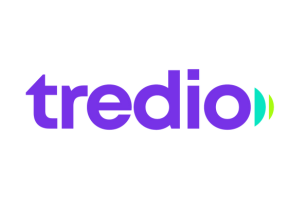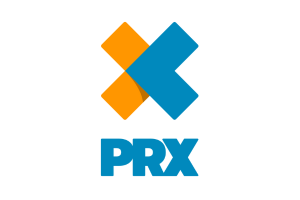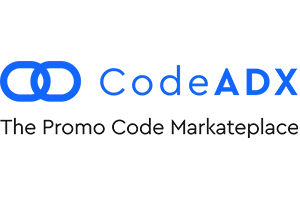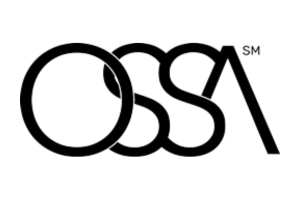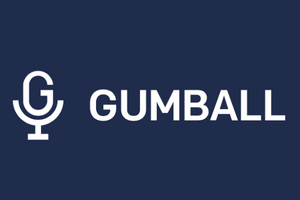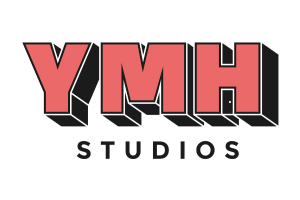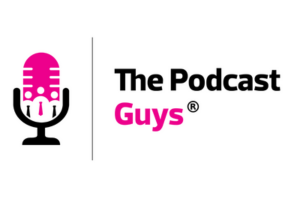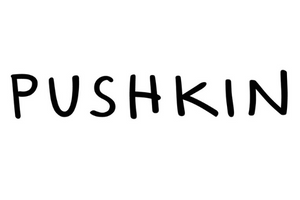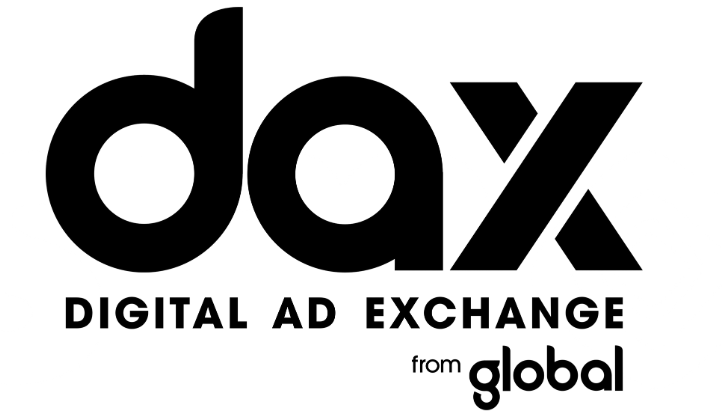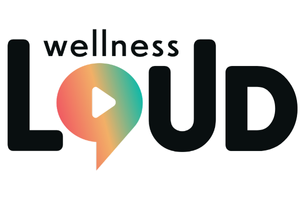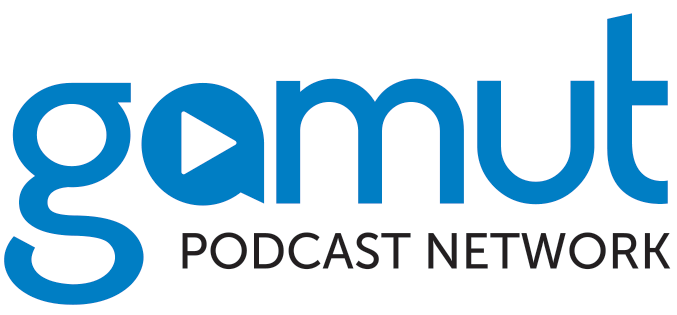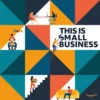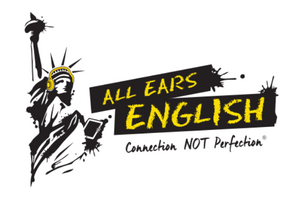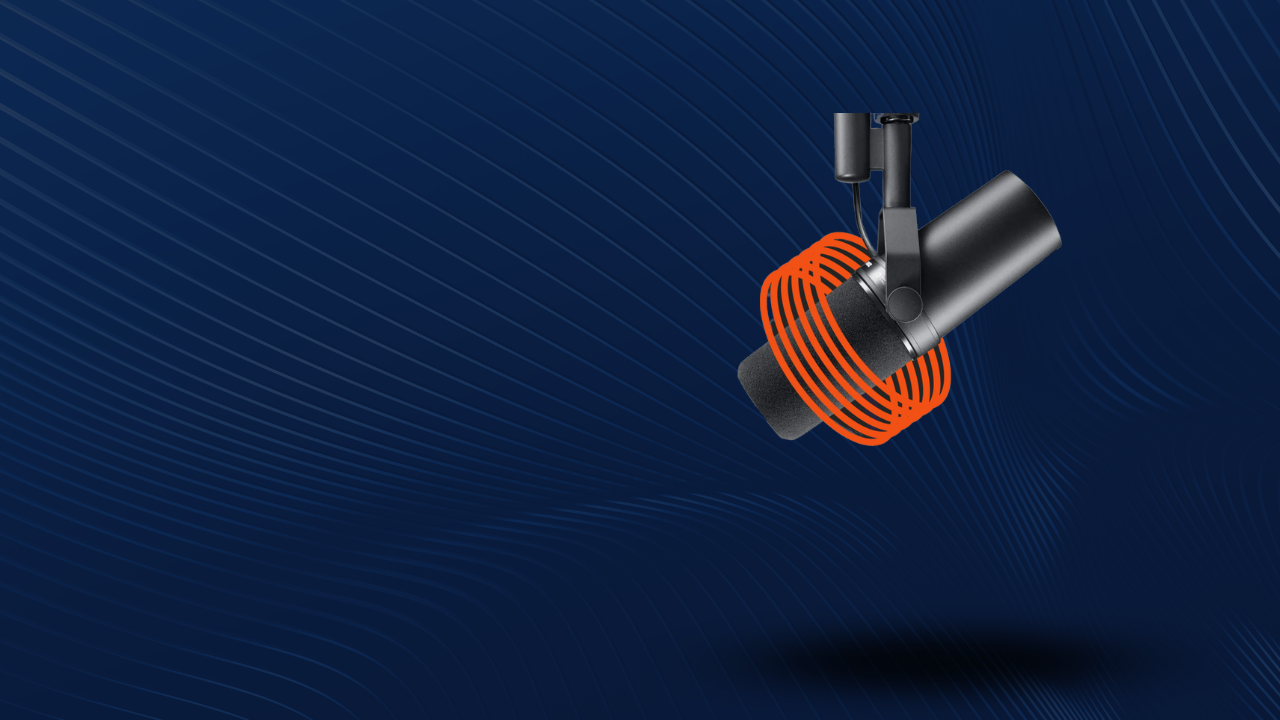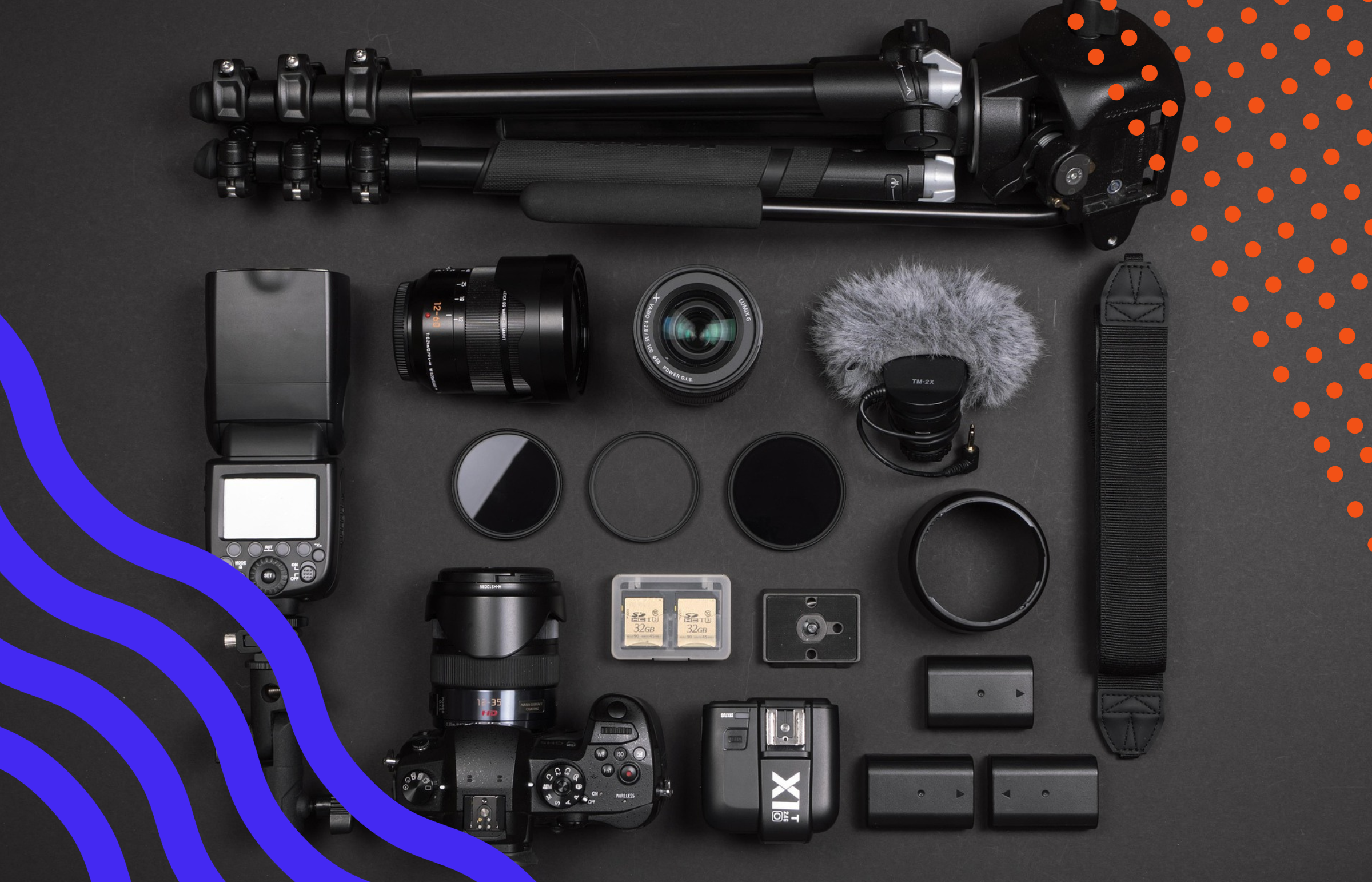Hello hello, podcasting! I hope you’re all ready to pack your bags and jet out to sunny Chicago for Evolutions by Podcast Movement! I’m not (because I’m driving) but will see some of you wonderful folks at the Sounds Profitable partner lounge. Until then, let’s look at the week’s news.
Business of Video Podcasting L.A. Summit
Continuing Sounds Profitable’s mission of empowering the business of podcasting and promoting collaboration, we will be holding our first standalone topic-focused event on Monday, May 5th, at Headgum Studios in Los Angeles.
The event will be capped at around 60 attendees, with discussion topics led by key individuals in the video podcasting space. The goal is to have those key figures guide conversations, as well as sharing examples and candid details about video podcasting. Their successes, their failures, building clarity on the state of video production, and getting the industry on the same page regarding wants and needs for video podcast platforms. Change can happen if podcasting asks for them collectively as an unavoidable, unified front.
Due to the limited capacity of the vent, the event is open to only one person per Sounds Profitable partner company. The ‘fee’ for attending is bringing a Brand with them (not an agency or holding company) as their guest. Current partners, interested parties, and brands can sign up here for consideration.
The New User Experience for Audio and Video
This Wednesday from Bryan Barletta: the first of a two-part article series looking at the current state of Spotify video and the user experience on the app. In preparation for the article Barletta started a net-new Spotify account and used it for a month. His findings include a much heavier reliance on suggesting video products to him as a new user, even when he expressed interest in the same audio-focused podcasts he’d been consuming on his old account. Then there’s the disconnect in discoverability between audio and video. A quote from the article:
“On the mobile app, when browsing through the podcast section of the home tab, a video starts playing when you center on a specific show. For audio-only podcasts, that video is presented as a waveform with the cover art of the show. For video podcasts, it’s the beginning of an episode. Both experiences autoplay on mute by default, with subtitles. While you can toggle the audio on or off, you can’t stop the video from playing if it’s still on screen. Here’s where the format starts to change the experience the most.
An audio podcast plays a preview of around 1 minute (we’ve seen variations from 00:57-1:06, so the preview does not cut off mid-sentence), and either plays from the absolute beginning of the episode or a specific section set by either Spotify or the podcaster. Scrolling down and back up restarts the clip, with no way to continue listening to the full episode from where you left the clip. While some audio podcasts are uploading video clips (not full videos) that can be seen within the specific episode page, this auto-play preview doesn’t use them.”
Meanwhile, video podcasts autoplay the episode in question as soon as you scroll onto the panel, pausing and resuming as soon as you leave or come back. Barletta calls for the business of podcasting to consider the new user experience for someone net-new to podcasting. Someone who signs up for a Spotify Premium account and encounters podcasts for the first time via this system. He encourages readers to emulate his experience, starting fresh with a new account and seeing what podcasting looks like from that perspective.
Why Gaming Should be Looking at Podcasts
This Thursday from Edward Fuller at MediaBodies: an addition to the ongoing Sounds Profitable thought leadership article series in which he discusses podcasting historically attracting performance-based marketing channels.
With that in mind, there’s one industry that heavily relies on performance channels with deterministic attribution: video games. A quote from Fuller:
“We’re armed with data on the typical Podcast Consumer. We’ve seen that close to 90% of Podcast consumers are aged 18-54. This means the generation with the most disposable income currently, and the generation that’ll move onto having the most disposable income over the next decade, are the primary consumers of the channel. The average Podcast listener in the US is also more likely than the population average to have a household income over $75K. Those high-value consumers with purchasing power Game Marketers are looking for? They’re listening to podcasts.”
The next step is demonstrating to game marketers that podcasting gets them in front of ideal audiences who actively support the brands that sponsor their favorite shows.
What Counts as a “Play”?
This Monday from Bumper, Dan Misener brings us a piece aiming to help consolidate and compare audio and video podcast data from various platforms with different methodologies for representing how people engaged with a piece of media.
Apple Podcasts, for instance, tracks a “play” metric. According to Bumper’s reporting, while a play seems similar to a YouTube view or Spotify stream, the true definition of an Apple Podcast ‘play’ is a user hitting the play button. Which is to say, if a user pauses an episode and then resumes twice throughout, that’s three plays in one playback session.
While the secret sauce of what constitutes a YouTube play remains secret, it’s widely accepted that YouTube and Spotify’s consumption metrics combine a play initiation along with a necessary threshold of media consumed before it counts as a play. While raw Apple plays might be different than Spotify and YouTube, Apple’s episode retention data and listener count can be used to estimate an equivalent “play” metric similar to how Spotify estimates streams. As a result, this is what Bumper uses to calculate Apple plays in their dashboard. A quote from Misener:
“It’s possible to add views, streams, and estimated plays together. But that doesn’t mean they’re equally valuable. Quarters, dimes, and nickels are all coins. But they have different values… So if part of your podcast goal is for people to spend time with your show, I recommend looking at play counts alongside listen time. Because if you’re optimizing for time spent with your show, the reach/engagement tradeoff looks very different across platforms”.
Quick Hits
Finally, it’s time for our Quick Hits. These are articles that didn’t quite make the cut for today’s episode, but are still worth including in your weekend reading. This week:
- The 4th Annual Signal Awards Are Open for Entries This year’s edition of the Signal Awards is expanding to include new categories, including the introduction of separate Best Host categories for News & Politics, Culture, and Documentary. Also new this year is partnership with industry platforms and publishers like YouTube, TED, On Air Fest, Good Tape, and Sounds Profitable.
- Podscribe has announced a new integration with Fairing to enable viewing pixel, promo, and post-purchase survey results all in one place without manual data reconciliation. The new feature has been added to the dashboard with no extra cost to Podscribe attribution clients.
- Spreaker Opens Inventory to Contextual and Brand Suitability Targeting With Sounder. The new integration brings Sounders’ AI-powered end-to-end audio intelligence platform to the Spreaker podcast platform.
- Veritonic has partnered with True Native Media to publish the Podcast Advertising Efficacy Guide, a resource designed to help marketers identify the most effective types of podcast ads, learn how brands are using pre-market testing and brand lift studies, and how data-driven audio strategies improves ROI
- RSS.com has received IAB Certification As of February 28th, podcast platform RSS.com has received IAB Podcast Measurement Guidelines v2.2 compliance, the first time the company has been certified.
- Gen Z and Video Podcasts: The Numbers Speak Loudly by Steven Goldstein In preparation for debuting The State of Video Podcasting 2025 next week, Goldstein has released and analyzed a slide of info from the survey of 1,000 respondents who’ve consumed a podcast in the past month.
- The Power Of In-Person Discussion to Promote and Advance Podcasting as an Essential Part of the Greater Media Landscape Podcasting magazine Good Tape has launched “Off The Record,” a community-centered media business that facilitates real-time dialogues between podcast executives, creatives, and brands.
- AdsWizz and Nielsen have renewed and extended an agreement to provide Nielsen’s data activations and audience targeting capabilities within AdWizz’s ad tech, including Nielsen Marketing Cloud and other third-party datasets.




